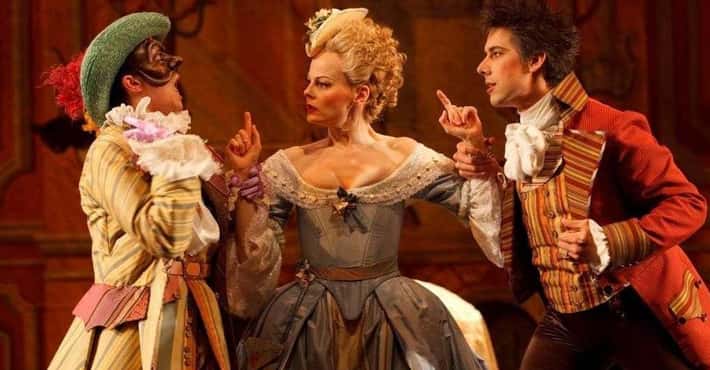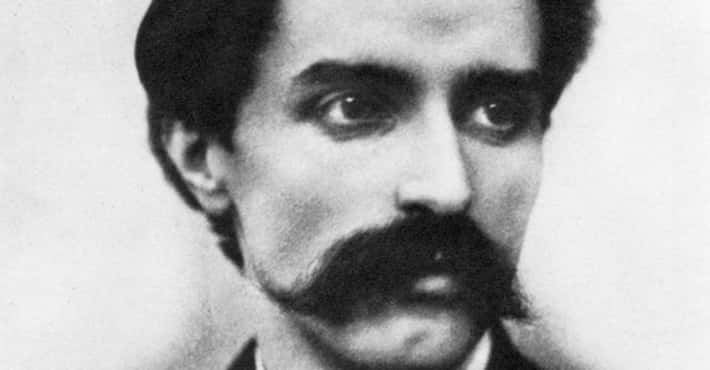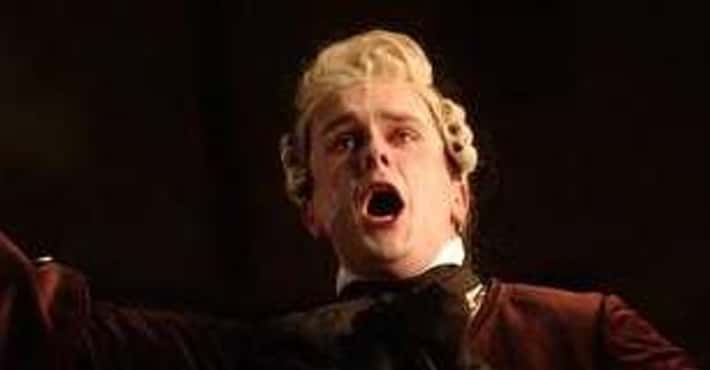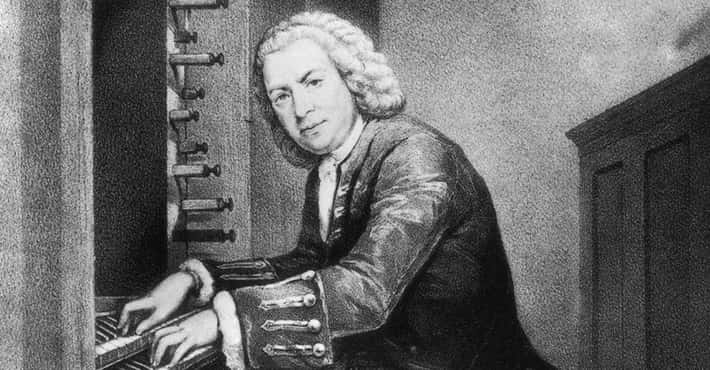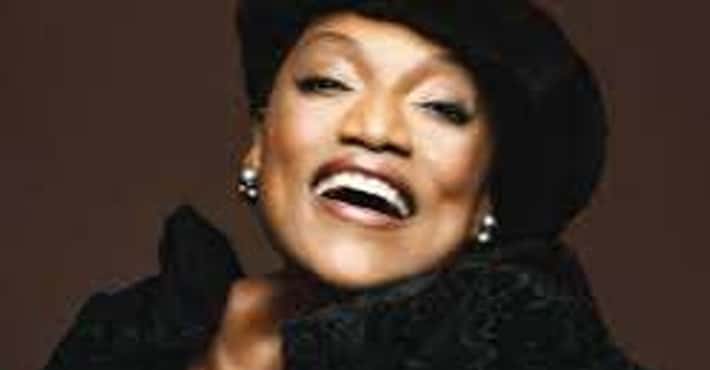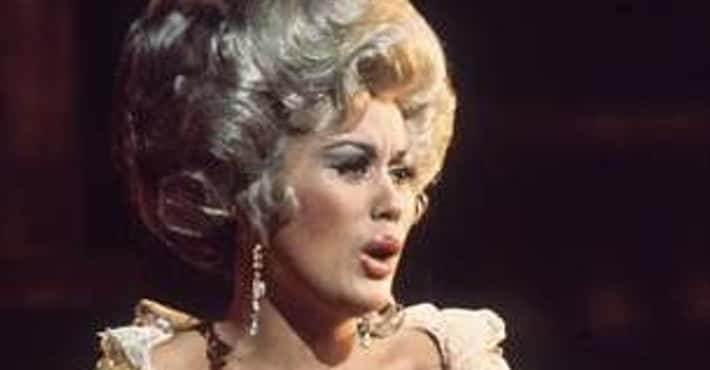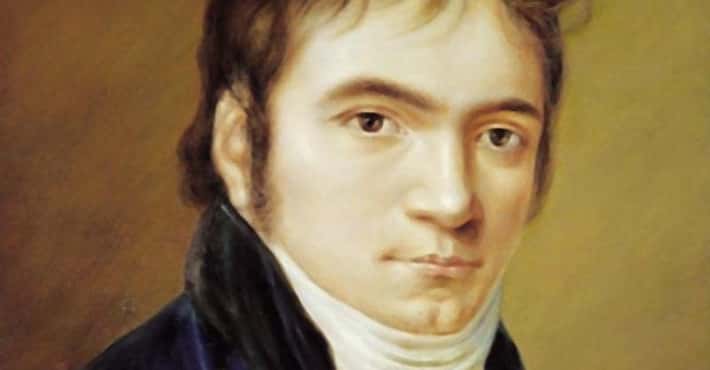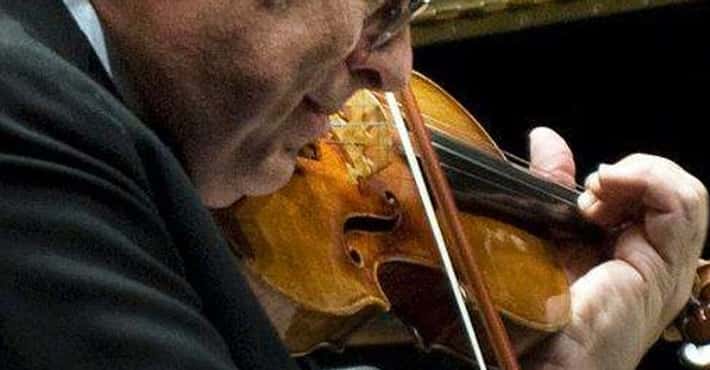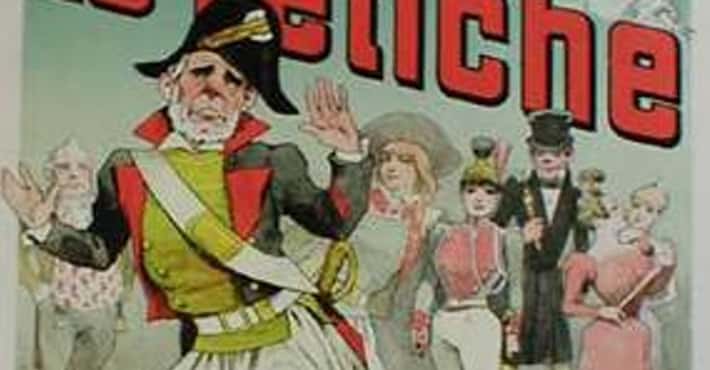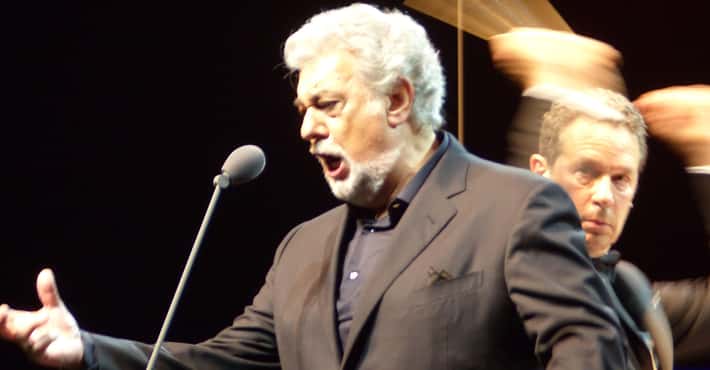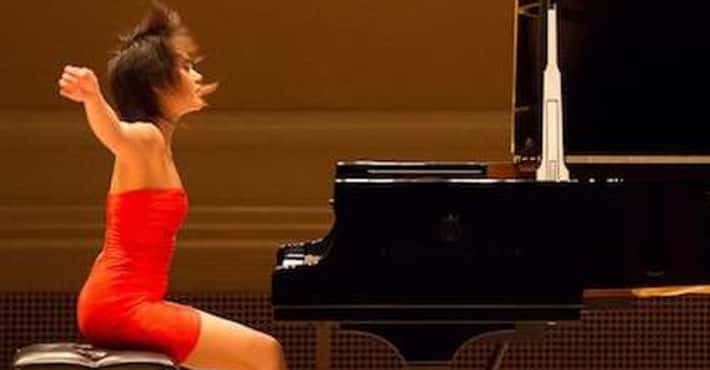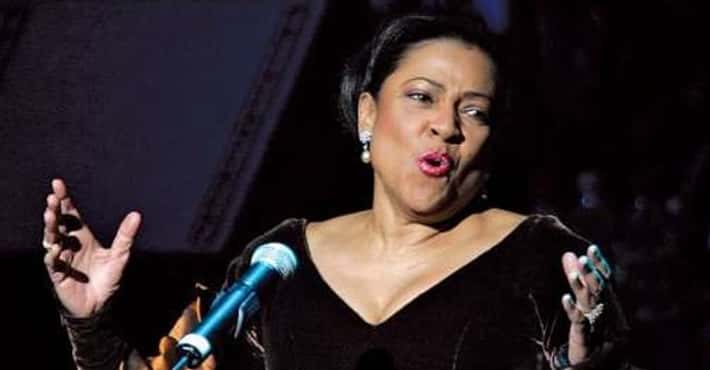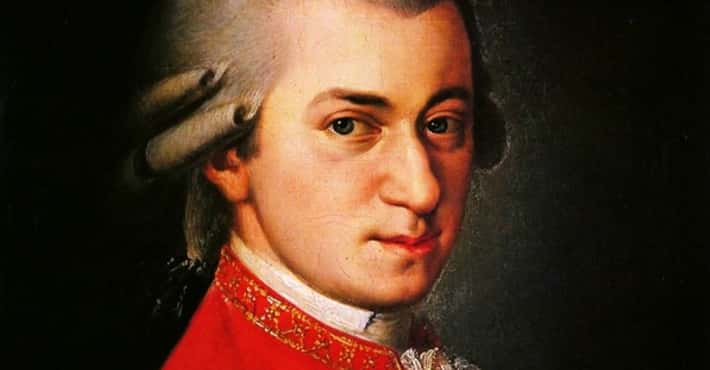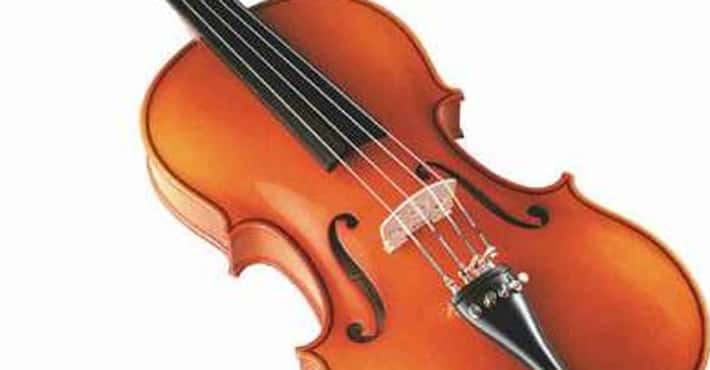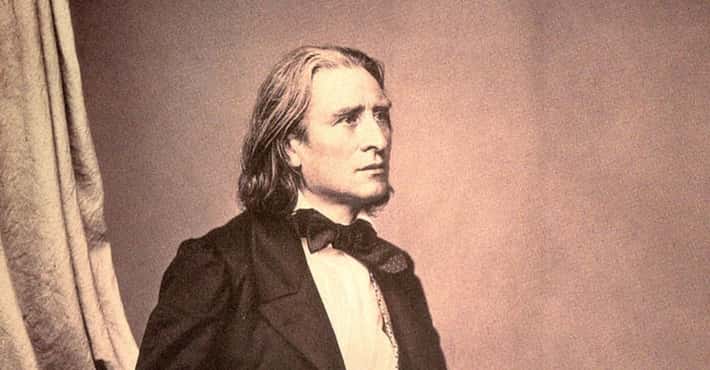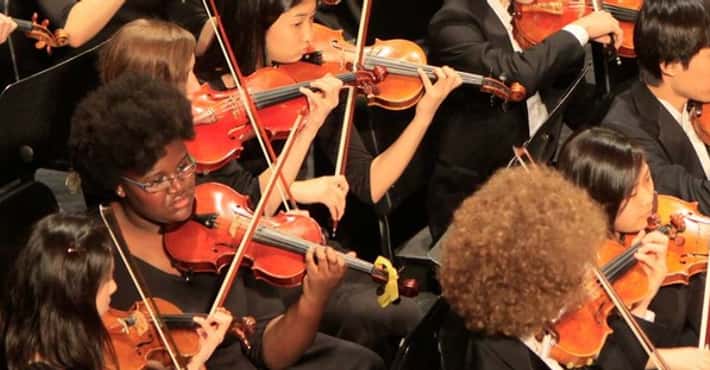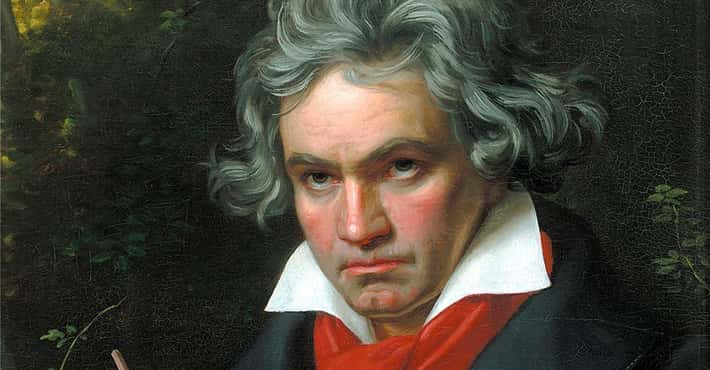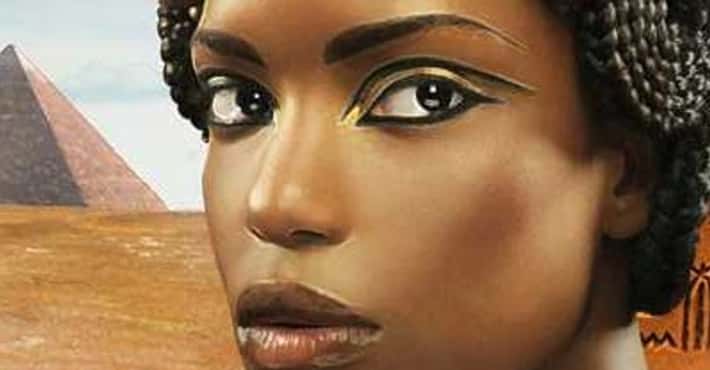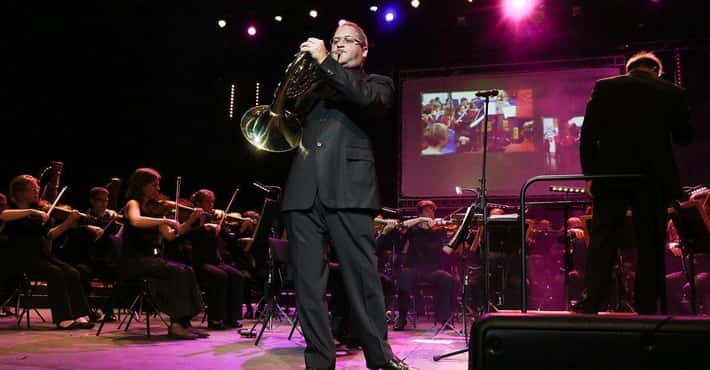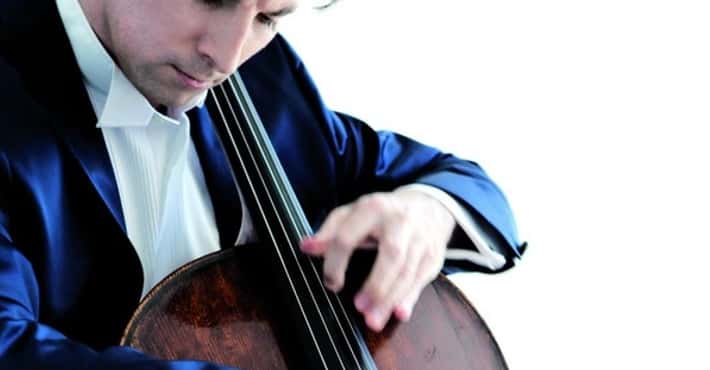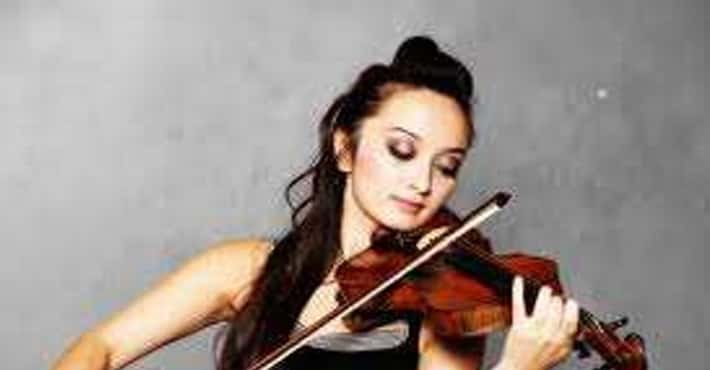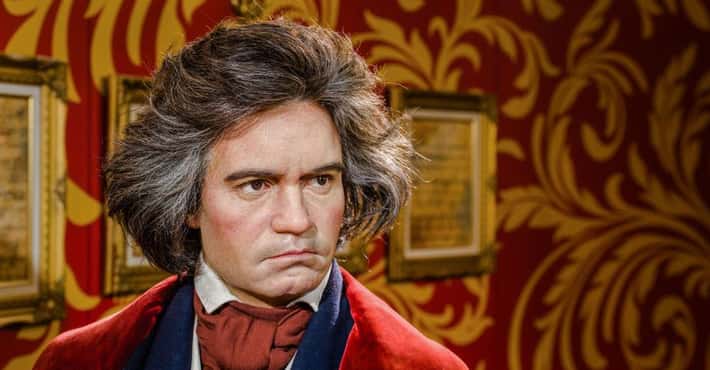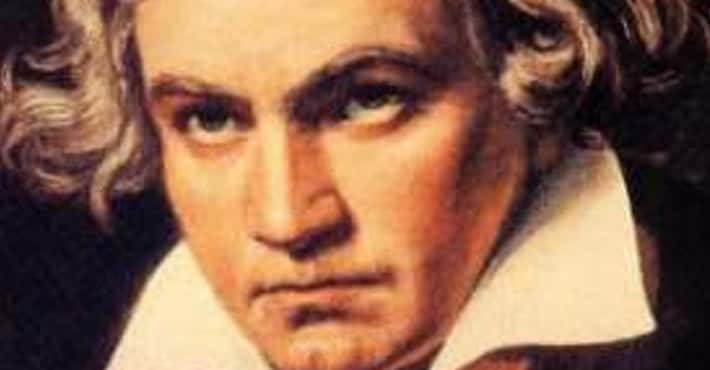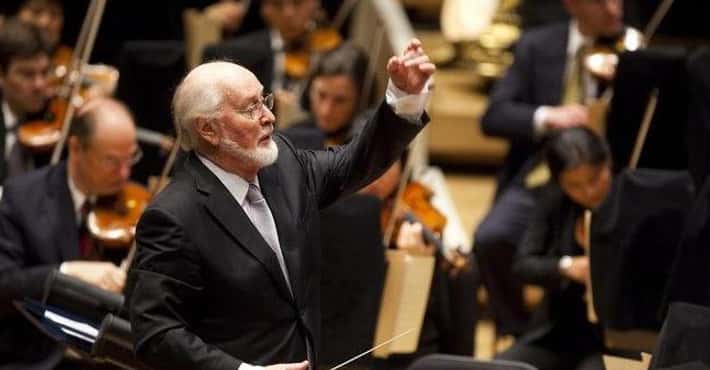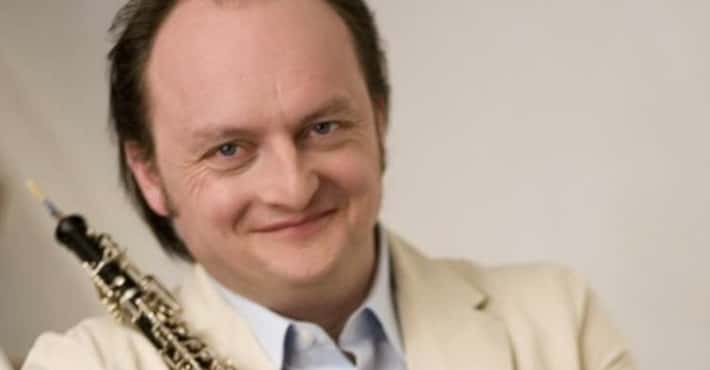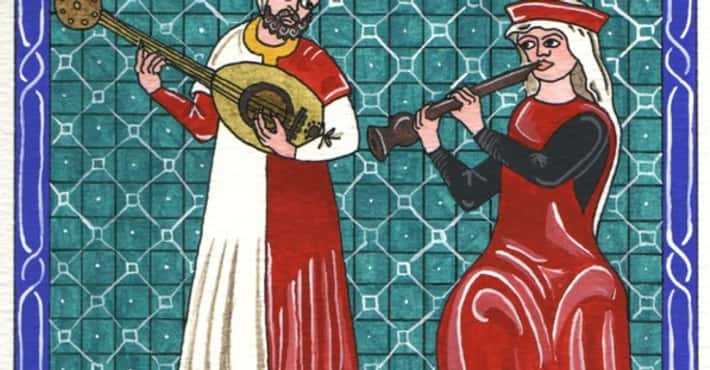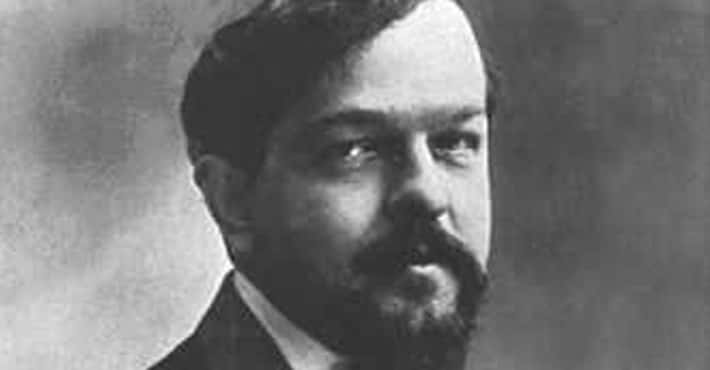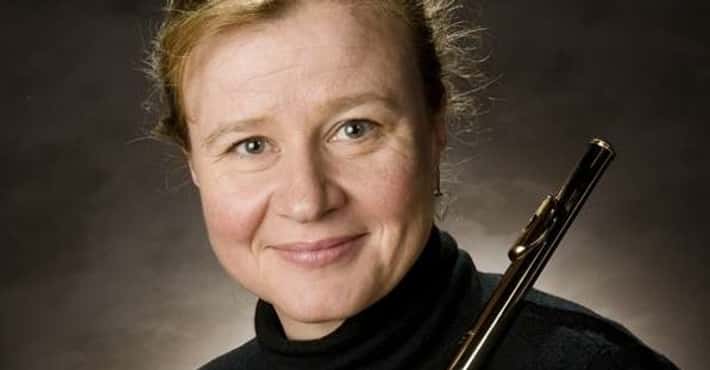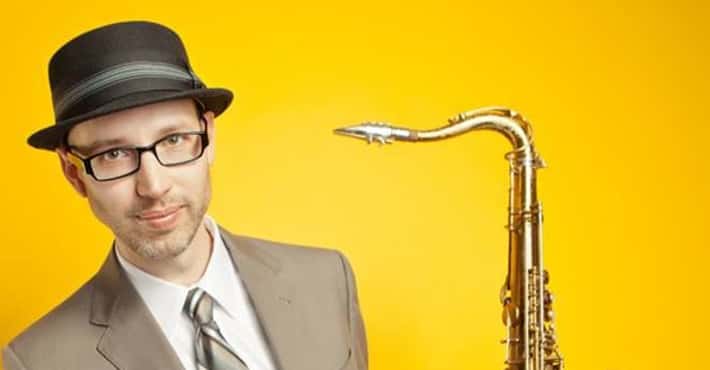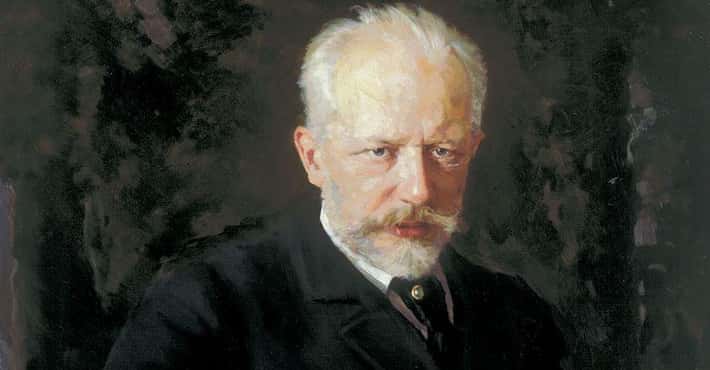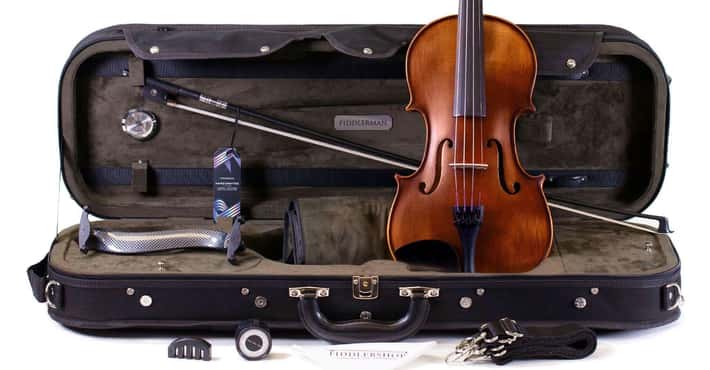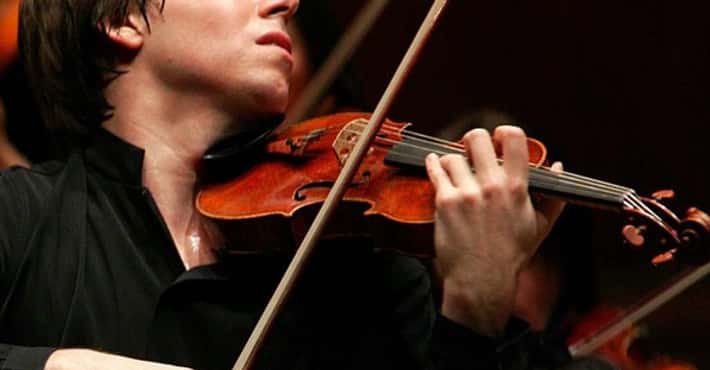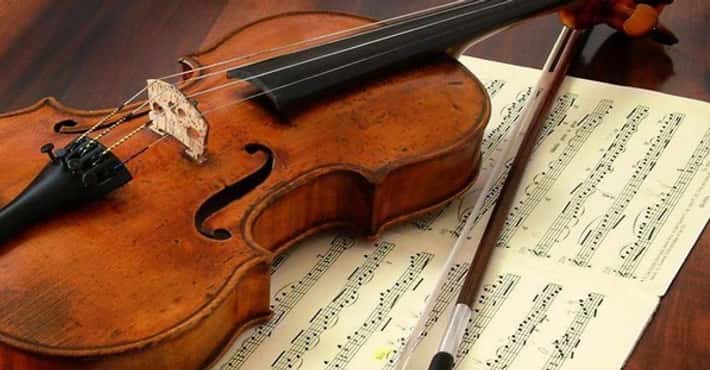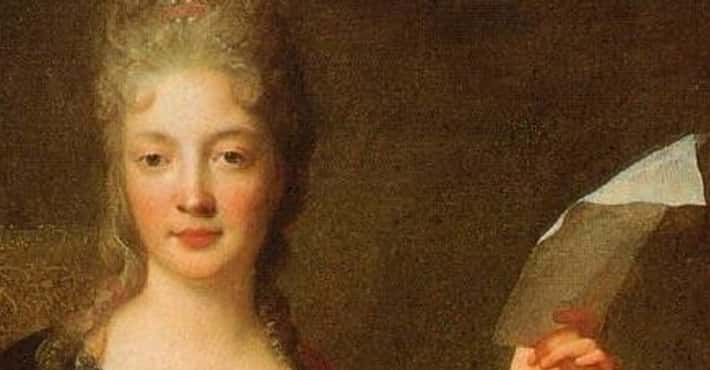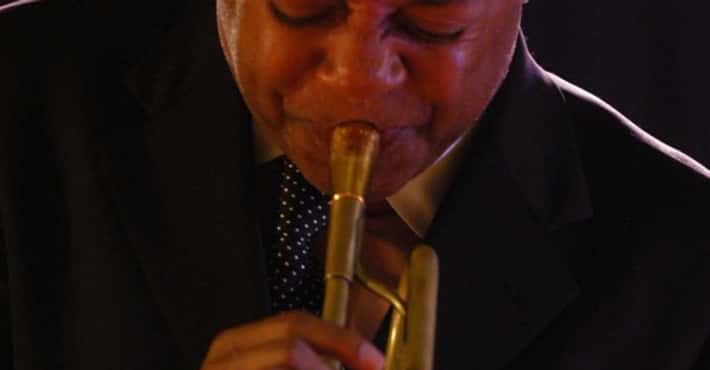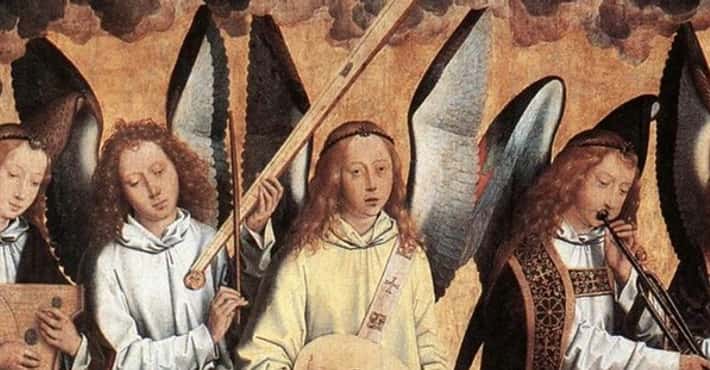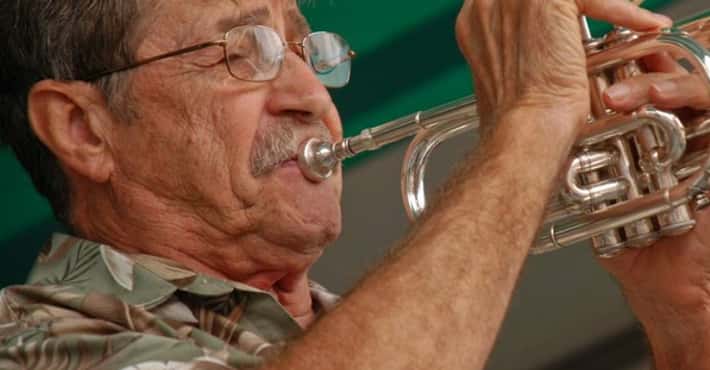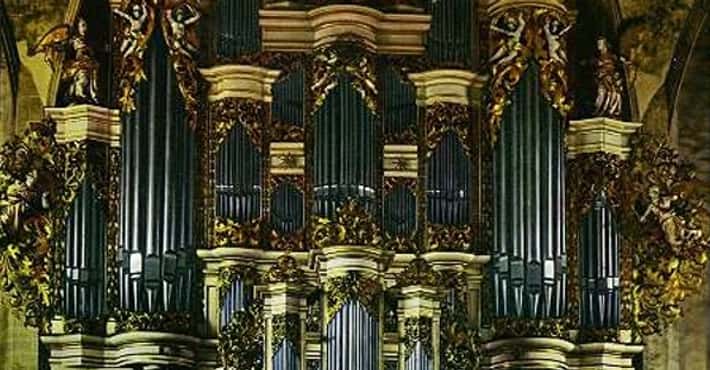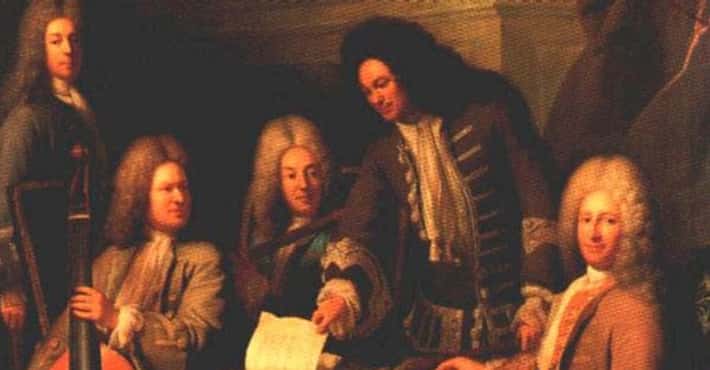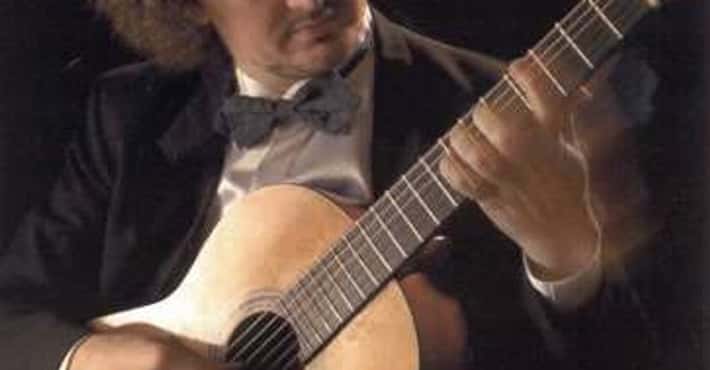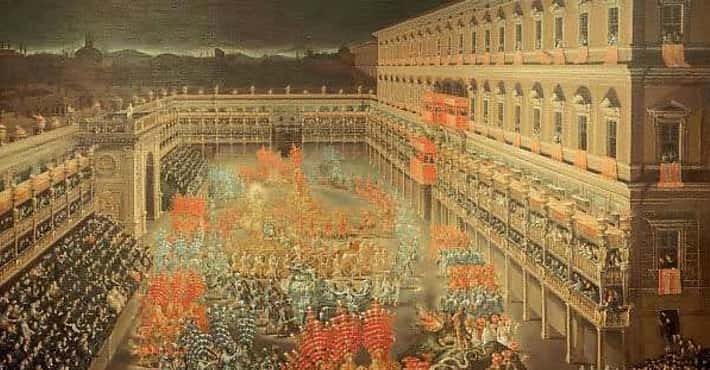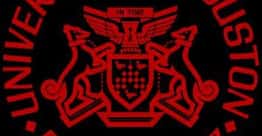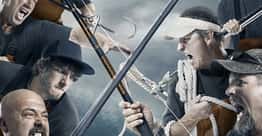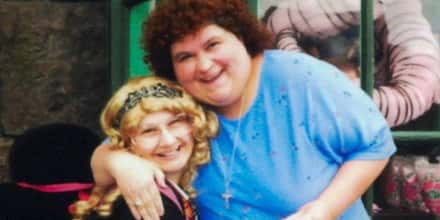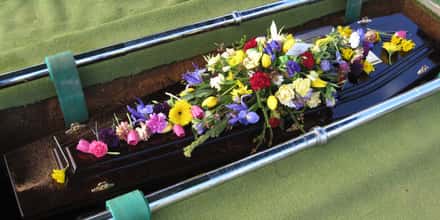List of Richard Strauss Operas
- Arabella, Op. 79, is a lyric comedy or opera in three acts by Richard Strauss to a German libretto by Hugo von Hofmannsthal, their sixth and last operatic collaboration. It was first performed on 1 July 1933, at the Dresden Sächsisches Staatstheater.
- Ariadne auf Naxos, Op. 60, is an opera by Richard Strauss with a German libretto by Hugo von Hofmannsthal. Bringing together slapstick comedy and consummately beautiful music, the opera's theme is the competition between high and low art for the public's attention. Music critic and author Matt Dobkin wrote that, while Ariadne auf Naxos is "not as well loved as Der Rosenkavalier or as important as Salome, it is nevertheless staged all the time, thanks in large part to sopranos' attraction to the vocal and dramatic grandeur of the title role and to the compelling spitfire Zerbinetta character."
- Capriccio, Op. 85, is the final opera by German composer Richard Strauss, subtitled "A Conversation Piece for Music". The opera received its premiere performance at the Nationaltheater München on 28 October 1942. Clemens Krauss and Strauss wrote the German libretto. However, the genesis of the libretto came from Stefan Zweig in the 1930s, and Joseph Gregor further developed the idea several years later. Strauss then took on the libretto, but finally recruited Krauss as his collaborator on the opera. Most of the final libretto is by Krauss. The opera originally consisted of a single act lasting close to two and a half hours. This, in combination with the work's conversational tone and emphasis on text, has prevented the opera from achieving great popularity. However, at Hamburg in 1957, Rudolf Hartmann, who had directed the opera at its premiere in Munich, inserted an interval at the point when the Countess orders chocolate, and other directors have often followed suit, including performances at Glyndebourne Festival Opera. The final scene for Countess Madeleine can often be heard as an excerpt. Capriccio received its American Premiere at The Santa Fe Opera in 1958.
- Daphne, Op. 82, is an opera in one act by Richard Strauss, subtitled "Bucolic Tragedy in One Act". The German libretto was by Joseph Gregor. The opera is based loosely on the mythological figure Daphne from Ovid's Metamorphoses and includes elements taken from The Bacchae by Euripides. The opera premiered at the Semperoper in Dresden on 15 October 1938, originally intended as a double bill with Strauss' Friedenstag, but as the scale of Daphne grew, that idea was abandoned. The conductor of the first performance was Karl Böhm, to whom the opera was dedicated.
- Der Rosenkavalier, Op. 59, is a comic opera in three acts by Richard Strauss to an original German libretto by Hugo von Hofmannsthal. It is loosely adapted from the novel Les amours du chevalier de Faublas by Louvet de Couvrai and Molière’s comedy Monsieur de Pourceaugnac. It was first performed at the Königliches Opernhaus in Dresden on 26 January 1911 under the direction of Max Reinhardt. Until the premiere the working title was Ochs von Lerchenau. The opera has four main characters: the aristocratic Marschallin, her very young lover Count Octavian Rofrano, her coarse cousin Baron Ochs and Ochs' prospective fiancée Sophie von Faninal, daughter of a rich bourgeois. At the Marschallin's suggestion Ochs gets Octavian to act as his Rosenkavalier and present the ceremonial silver rose to Sophie. But when Octavian meets Sophie they fall in love at first sight. By a comic intrigue they get rid of Ochs with the help of the Marschallin, who then yields Octavian to the younger woman. Although a comic opera, Der Rosenkavalier also operates at a deeper level.
Die ägyptische Helena
Die ägyptische Helena, Op. 75, is an opera in two acts by Richard Strauss to a German libretto by Hugo von Hofmannsthal. It premiered at the Dresden Semperoper on 6 June 1928. Strauss had written the title role with Maria Jeritza in mind but, creating quite a sensation at the time, the Dresden opera management refused to pay Jeritza's large fee and cast Elisabeth Rethberg instead as Helen of Troy. Jeritza eventually created the part in Vienna and New York. As inspiration for the story, Hofmannsthal used sources from Euripides and Stesichorus. Strauss made changes to the opera in 1933, five years after the premiere, working with the director Lothar Wallenstein and the conductor Clemens Krauss.- Die Frau ohne Schatten, Op. 65, is an opera in three acts by Richard Strauss with a libretto by his long-time collaborator, the poet Hugo von Hofmannsthal. It was written between 1911 and either 1915 or 1917. When it premiered in Vienna on 10 October 1919, critics and audiences were unenthusiastic. Many cited problems with Hofmannsthal's complicated and heavily symbolic libretto. However, it is now a standard part of the operatic repertoire.
- Die Liebe der Danae is an opera in three acts by Richard Strauss to a February 1937 German libretto by Joseph Gregor, based on an outline written in 1920, "Danae, or The Marriage of Convenience", by Hugo Hofmannsthal. Strauss worked on the score in 1937, 1938 and into 1939, although he was pre-occupied with completing Daphne, developing ideas with Gregor and finally replacing him as librettist for Capriccio, and then succumbed to illness, which caused postponement for several months into 1940. The opera was finally finished on 28 June 1940. However, for a variety of reasons including Strauss' perception that the failure of Die Frau ohne Schatten, as he put it, was caused by having been "put on in German theatres too soon after the last war", the composer refused to allow Clemens Krauss, to whom he had guaranteed the right to conduct the first performances, to stage it until two years after the war. The opera is an ingenious mixture of comedy and Greek mythology and the final act "contains the opera's finest music, a fact recognized by Strauss."
- Die schweigsame Frau, Op. 80, is a 1935 opera in three acts by Richard Strauss with libretto by Stefan Zweig after Ben Jonson's Epicoene, or the Silent Woman.
- Elektra, Op. 58, is a one-act opera by Richard Strauss, to a German-language libretto by Hugo von Hofmannsthal, which he adapted from his 1903 drama Elektra. The opera was the first of many collaborations between Strauss and Hofmannsthal. It was first performed at the Dresden State Opera on January 25, 1909. Elektra is a difficult, musically complex work which requires great stamina to perform. The role of Elektra, in particular, is one of the most demanding in the dramatic soprano repertoire. Despite being based on ancient Greek mythology, the opera is highly modernist and expressionist. Hofmannsthal and Strauss's adaptation of the story focuses tightly on Elektra, thoroughly developing her character by single-mindedly expressing her emotions and psychology as she meets with other characters, mostly one at a time. The other characters are Klytaemnestra, Elektra's mother and one of the murderers of Agamemnon; Elektra's father; her sister, Chrysothemis; her brother, Orestes; and Klytaemnestra's lover, Aegisthus. These characters are secondary, and are thus not given much characterization.
- Feuersnot, Op. 50, is a Singgedicht or opera in one act by Richard Strauss. The German libretto was written by Ernst von Wolzogen, based on J. Ketel's report "Das erloschene Feuer zu Audenaerde". It was Strauss' second opera. Thematically, the opera has been interpreted as a parody of Richard Wagner's idea of "redemption through love", with the character of Kunrad representing Strauss himself. The conceptual framework for the opera stems from the Nietzschean perspective that had inspired Strauss in his tone poems Till Eulenspiegel and Also sprach Zarathustra. Strauss and von Wolzogen shared the view that the source of inspiration was material not transcendental: in Feuersnot it is "redemption through sex" which relights the creative fire.
- Friedenstag is an opera in one act by Richard Strauss, his Opus 81, to a German libretto by Joseph Gregor. Strauss had hoped to work again with Stefan Zweig on a new project after their previous collaboration of Die schweigsame Frau, but the Nazi authorities had harassed Strauss over his collaboration with Zweig, who was of Jewish ancestry. While the idea for the story was from Zweig, he then suggested Gregor as a "safe" collaborator for the actual writing of the libretto. Zweig's influence on the work nonetheless remained in its "form and dramatic substance". The opera was premiered at Munich on 24 July 1938 and dedicated to Viorica Ursuleac and her husband Clemens Krauss, the lead and conductor respectively. Strauss had intended Friedenstag as part of a double-bill, to be conducted by Karl Böhm in Dresden, that would include as the second part his next collaboration with Gregor, Daphne. The opera thematically expresses anti-war sentiments, which William Mann has described as "a determined counter to the militaristic policies of Nazi Germany". These caused the work to be shelved after the outbreak of World War II.
- Guntram is an opera in three acts by Richard Strauss with a German libretto written by the composer. The second act of the opera was composed in Ramacca, Sicily. It was Strauss' first opera and shows a strong Wagnerian influence. The music of Guntram is quoted in Strauss's tone-poem Ein Heldenleben. The composer revised the score in 1940.
- Intermezzo, Op. 72, is an opera in two acts by Richard Strauss to his own German libretto, described as a Bürgerliche Komödie mit sinfonischen Zwischenspielen. It premiered at the Dresden Semperoper on 4 November 1924, with sets that reproduced Strauss' home in Garmisch. The first Vienna performance was in January 1927. The story depicts fictionally the personalities of Strauss himself and his wife Pauline and was based on real incidents in their lives. Pauline Strauss was not aware of the opera's subject before the first performance. After Lotte Lehmann had congratulated Pauline on this "marvelous present to you from your husband", Pauline's reply was reported as "I don't give a damn". The most celebrated music from the opera is the orchestral interludes between scenes. His usual librettist up to that time, Hugo von Hofmannsthal, refused to work on the opera and suggested that Strauss himself write the libretto, which he eventually did after having been refused by other writers. This is why the libretto is not in verse but in prose and even mimics the dialect used by the servants in the play, against the more polished German of the principals.
- Salome, Op. 54, is an opera in one act by Richard Strauss to a German libretto by the composer, based on Hedwig Lachmann's German translation of the French play Salomé by Oscar Wilde. Strauss dedicated the opera to his friend Sir Edgar Speyer. The opera is famous for its "Dance of the Seven Veils". It is now better known for the more shocking final scene, where Salome declares her love to – and kisses – the severed head of John the Baptist.

















